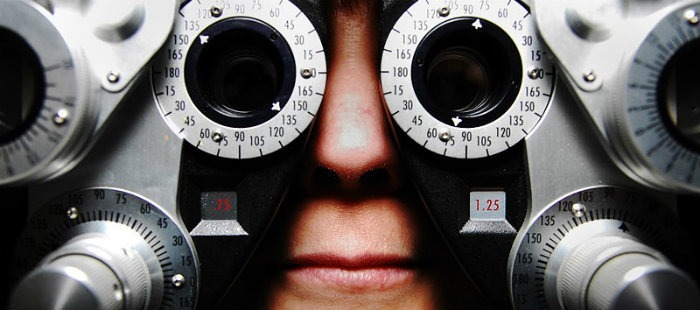When I first encountered the Yoga Sutras, it was like picking up a crystalline poem from another world. It wasn’t simply instructive. Its aphoristic mystery evoked a quiet, minimalist, pragmatic approach to self-inquiry. It was so unlike religious discourse.
I’ll try to do two things in this article. First, to nail down the hard facts about astrology and how it confounds the intelligence of contemporary yoga — which seems to be the only global subculture at present that tolerates it as a kind of adjunct discipline. Then I’ll turn to my personal experience of this archaic art, to help illustrate its seduction, and why it’s dying so hard.
In a wildly entertaining tour-de-force of deconstructive research, David Gordon White’s The Yoga Sutras of Patanjali: A Biography (Princeton University Press, released today), is an extended meditation on the red violin of modern Yoga.
In the process of this study, I’ve reached out for as much theoretical help as I can find, and tried to view the scene through as many lenses as possible. I’ll describe some of these lenses here, briefly, to give a sense of what’s going on behind the curtain, and the concerns that have driven my questioning technique in the interviewing process. All of these lenses have limitations, which means that I don’t apply any of them exclusively or rigidly. I’m actually interested in their flaws as much as their strengths, because the flaws show me where more study and more humility are required. Each lens can only hold a part of the story about how we hurt and heal through yoga.


